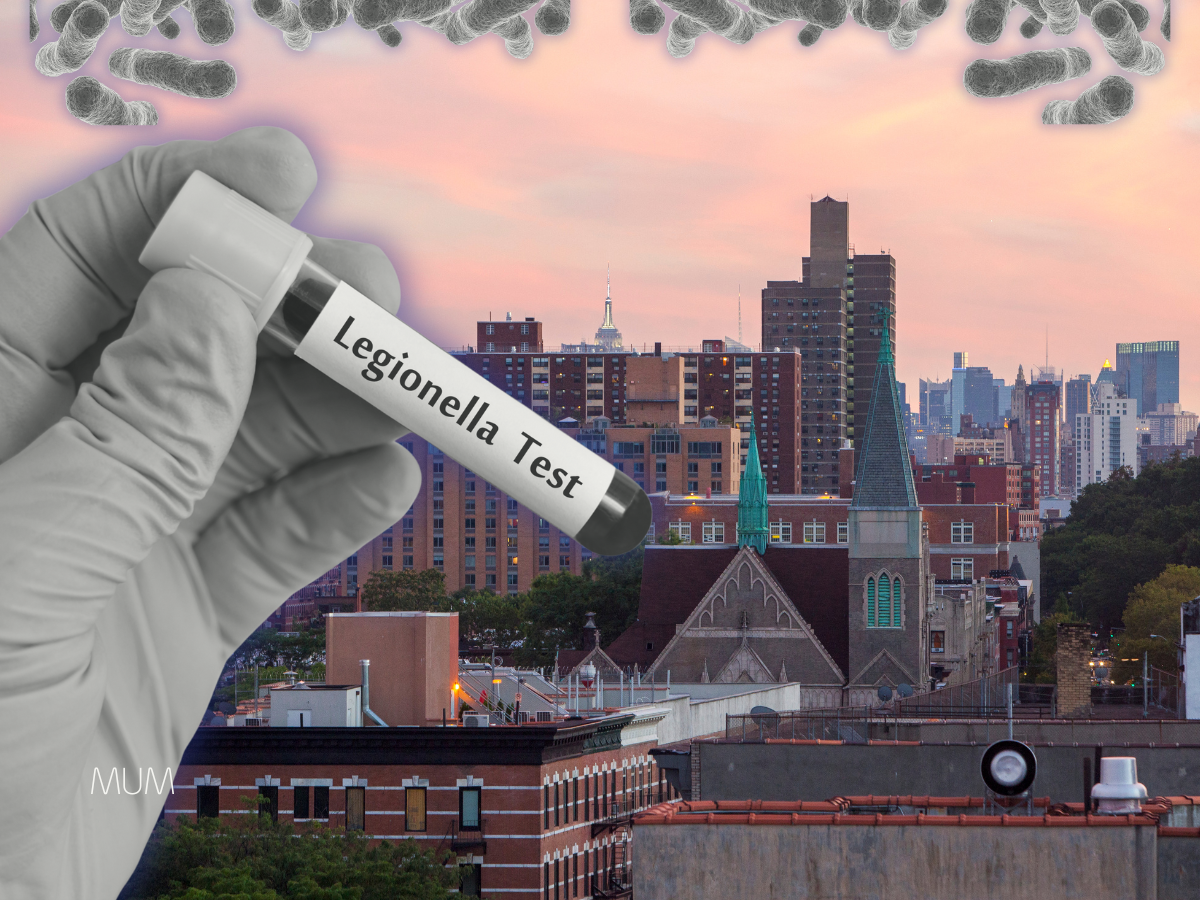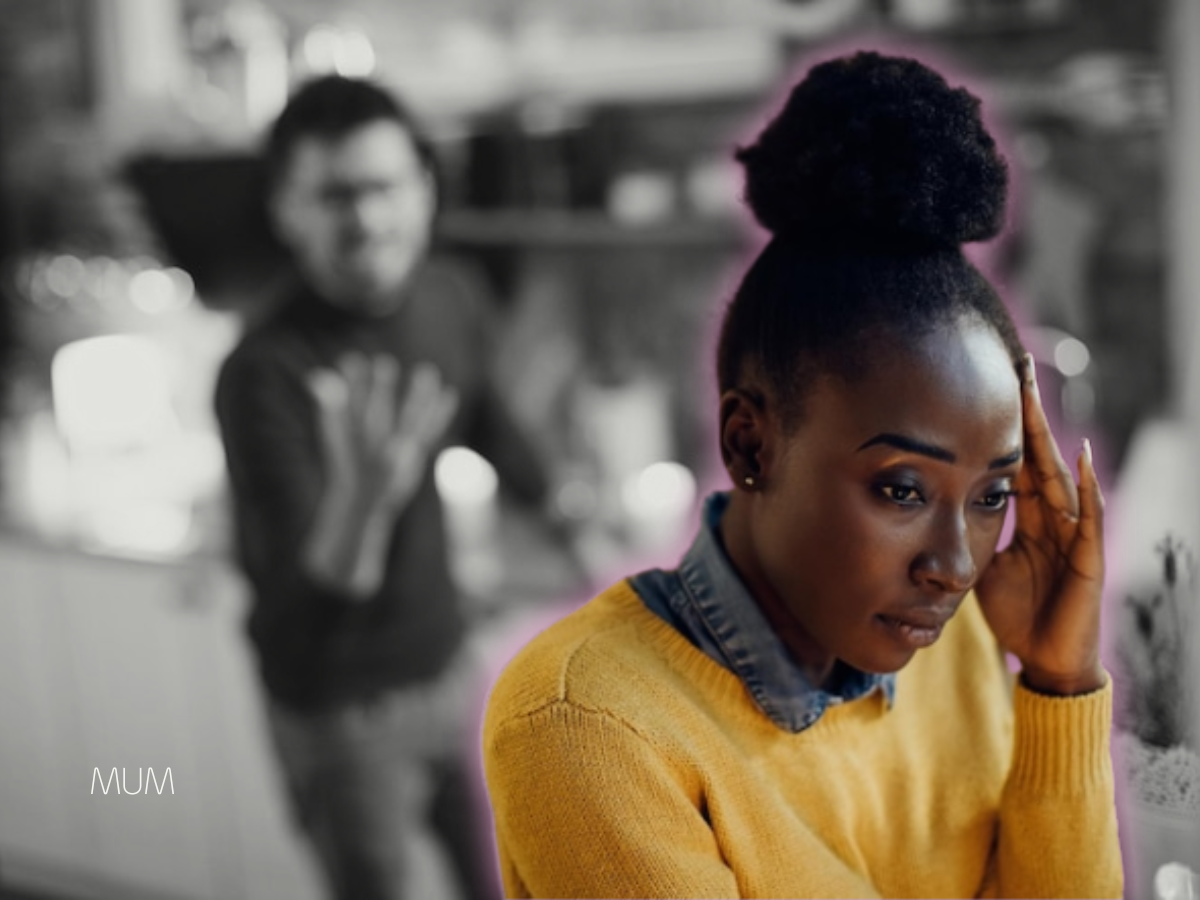Harlem's 2025 Legionnaires’ Disease Outbreak: What It Means and How to Stay Safe
Harlem's 2025 Legionnaires’ Disease Outbreak: What It Means and How to Stay Safe
Understanding Legionnaires’ Disease: A Silent Threat in Urban Summers
Legionnaires’ disease is a serious form of pneumonia caused by the Legionella bacteria, specifically Legionella pneumophila. This bacterium thrives in warm, stagnant water environments, such as cooling towers, hot water tanks, and large plumbing systems. It spreads when people inhale tiny droplets of contaminated water vapor—think mist from a building’s air conditioning system or a decorative fountain—but crucially, it doesn’t transmit from person to person like a virus. This makes it particularly sneaky in densely populated areas like cities, where shared infrastructure can amplify risks. While healthy individuals might fight it off with mild symptoms, it poses grave dangers to vulnerable groups: adults over 50, smokers, those with chronic lung conditions, or weakened immune systems. In these populations, untreated cases can lead to severe respiratory failure, organ damage, or death. What starts as flu-like discomfort can escalate quickly, underscoring why awareness and early intervention are key to turning the tide.
Origin + Context
The Harlem outbreak came to light in late July 2025, when New York City health officials detected a cluster of cases starting around July 25. Centered in Central Harlem, the affected areas span ZIP codes 10027, 10030, 10035, 10037, and 10039, including bordering neighborhoods. As of August 5, 2025, officials have confirmed 67 cases, with three tragic deaths reported. The source traces back to contaminated cooling towers atop buildings, where Legionella bacteria were found in preliminary tests—11 towers tested positive, prompting immediate action.
This isn’t NYC’s first brush with Legionnaires’. The city has seen periodic outbreaks, offering sobering perspective. In 2015, a massive episode in the South Bronx infected 138 people and claimed 16 lives, linked to a hotel cooling tower. Since 2006, six community-associated outbreaks have hit NYC, totaling 213 cases and 18 deaths, often tied to neglected water systems in high-density areas. These events highlight how urban heat, aging infrastructure, and summer humidity create perfect breeding grounds. Harlem’s 2025 cluster echoes these patterns, but with swift detection, it could be contained before reaching those scales—reminding us that vigilance in maintenance saves lives.
Public Health Response
City health officials sprang into action upon detection, launching widespread testing of cooling towers in the impacted zones. By early August, remediation—thorough cleaning and disinfection—was completed on all 11 positive towers, aiming to halt further spread. The New York City Department of Health and Mental Hygiene (DOHMH) issued public advisories, urging residents to monitor for symptoms and seek prompt medical care.
The public was reassured on key fronts: risk levels remain low for most, but elevated for high-risk groups. Drinking water is safe, as Legionella doesn’t typically contaminate municipal supplies or spread through ingestion. Officials emphasized that routine activities like bathing, showering, cooking, and using window air conditioners pose no threat—unlike large central AC systems with cooling towers. “This is not an issue with any building's plumbing system. Residents in these ZIP codes can continue to drink water, bathe, shower, cook, and use your air conditioner,” stated the health department in an update. Acting Health Commissioner Dr. Michelle Morse added, “Anyone in these zip codes with flu-like symptoms should contact a health care provider as soon as possible. Legionnaires’ disease can be effectively treated if diagnosed early, but New Yorkers at higher risk... should be especially mindful.” These messages aim to empower rather than alarm, fostering informed caution.
Symptoms + Risks
Watch for early signs like high fever, chills, cough, shortness of breath, muscle aches, headaches, and fatigue—symptoms that mimic the flu or COVID-19 but can worsen to severe pneumonia. Unlike viral illnesses, Legionnaires’ is bacterial, requiring specific antibiotics for treatment; it’s not contagious, setting it apart from respiratory bugs like influenza. Prompt diagnosis via urine or sputum tests is critical, as delays can lead to hospitalization or complications like kidney failure.
Vulnerability spikes for those over 50, current or former smokers, people with COPD or diabetes, and immunocompromised individuals. In Harlem’s outbreak, many cases involved these groups, highlighting how environmental factors compound personal risks. Early antibiotics can cure most, but awareness is the first defense—don’t dismiss “summer flu” in affected areas.
Community Impact + Awareness
Beyond numbers, the outbreak has rippled through Harlem’s vibrant fabric, stirring anxiety among residents and business owners. A local woman shared her ordeal: diagnosed with pneumonia amid the cluster, she described debilitating symptoms that left her bedridden, underscoring the fear of the unknown. Businesses, from corner stores to cafes, report dips in foot traffic as people avoid unnecessary outings, while families grapple with a eroded sense of safety in their own neighborhoods.
Trust issues simmer, too—some residents question why specific building names weren’t disclosed, fueling perceptions of neglect in underserved areas. Social media buzzes with concerns: “Is This Racist Neglect?” one post queried, while another decried, “The NYC Health Department says they don't think it's in our best interests to release exactly which buildings...” These sentiments reflect broader frustrations with environmental health inequities, where low-income communities bear disproportionate burdens. Yet, amid the unease, stories of solidarity emerge—neighbors checking on elders, community groups distributing info—proving resilience in crisis.
Prevention + Mindset
Prevention starts simple: for individuals, avoid inhaling mist from suspect sources, like public fountains, and maintain home humidifiers or hot tubs with regular cleaning. If at risk, consult doctors about preventive steps during outbreaks. Building managers hold greater power—routinely test and disinfect cooling towers, plumbing, and AC systems, adhering to NYC’s strict regulations.
Recognize early warnings: unusual odors from water or unexplained illnesses in a building signal checks. This mindset shifts us from reaction to proaction, building collective resilience.
In reflecting on Harlem’s summer scare, let’s channel concern into action. Stay informed through trusted sources like the DOHMH website, advocate for robust infrastructure in your community, and prioritize well-being—yours and your neighbors’. By fostering awareness and responsibility, we not only weather outbreaks but emerge stronger, more connected. Your vigilance could save a life; let’s make empowerment our shared legacy.
Keep Going!
Check out these related posts








